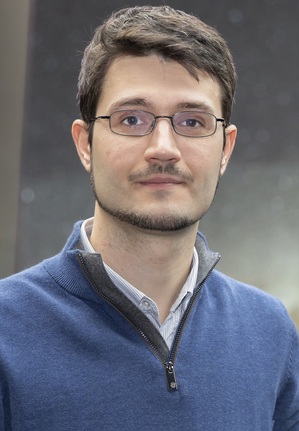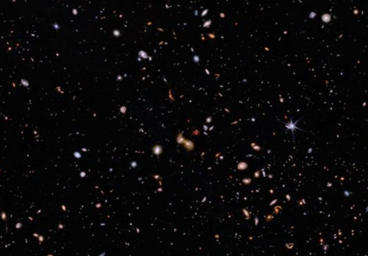
Star formation and chemical evolution across cosmic time
Interstellar space is filled with action. New stars form out of cold and dense interstellar gas, but soon disrupt their birth environments by feeding into it energy and radiation. Heavy elements are synthesised via stellar nucleosynthesis and continuously returned to the interstellar medium by dying stars. I study this cycle of matter and energy within galaxies, to understand how galaxies form and evolve. In particular, I aim to connect the small scales where stellar feedback is injected to the large scales driving the evolution of galactic components, to understand what sets the efficiency of star formation on galactic scale and how and when heavy elements are produced. To answer these questions I observe both nearby and distant galaxies at high spatial resolution with the largest telescopes both from the ground (e.g. the ESO/VLT) and from space (with the Hubble and James Webb Space Telescopes). To interpret these large astronomical datasets I leverage both Bayesian and machine learning techniques. I am passionate about data and telecopes and at ESO I follow the development of new instruments for the VLT and the ELT.
Career
Since 2025: ESO Astronomer (Project Scientist), ESO-Garching, Germany
Since 2024: Senior Research Scientist (Associate Professor level), INAF-Arcetri, Italy (on extended leave to ESO-Garching)
2020-2024: Research Scientist (Tenured Assistant Professor level), INAF-Arcetri, Italy
2018-2020: ESO Fellow, Garching bei München, Germany
2017-2018: Postdoctoral research associate, University of California, Santa Cruz, USA
2014-2017: PhD, University of Cambridge, UK


